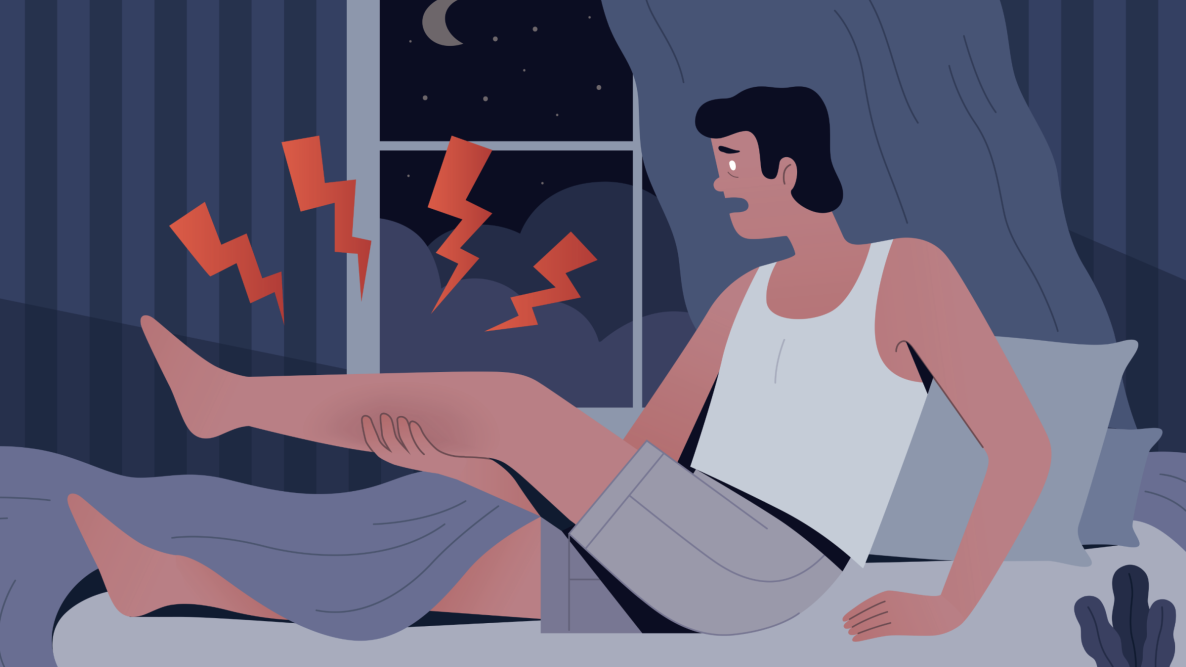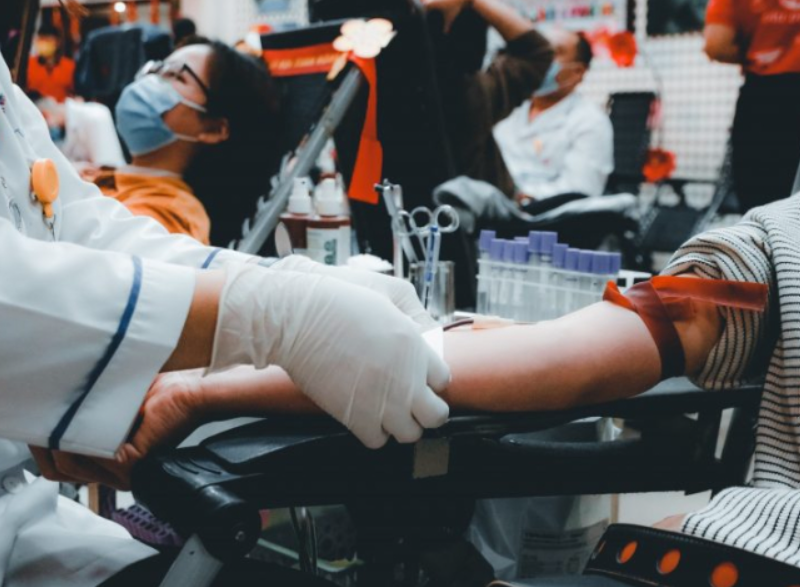Nocturnal leg cramps, also known as leg cramps, are pains in the legs that occur while sleeping and can wake you up in the middle of the night. Its cause could be long periods of inactivity. This discomfort is most commonly felt in the calf, although it can also be felt in the thighs and foot. Leg cramps can affect both men and women, but they are more common in persons over the age of 50.
It can last as little as a few seconds or as long as a few of minutes. Even if the pain goes gone fast, the muscle soreness may last the rest of the night or even until the next day.
Leg cramps vs. restless leg syndrome
These two syndromes both occur during sleeping hours, but that is their only similarity, namely, they are two completely different phenomena, and they differ in a number of ways:
Find out more about: She Ate Three Dates Daily For 12 Days – These Are The Results Of Her Experiment! Incredible!
- the restless leg syndrome is more of a discomfort or crawling feeling in your legs.
- the restless leg syndrome does not cause pain or cramping, while nocturnal leg cramps do.
- Moving the leg in the restless leg syndrome offers relief – moving the leg in nocturnal leg cramps does not, instead stretching is required.
- the restless leg syndrome causes the desire to move the legs, while nocturnal leg cramps often prevent movement.
Causes and risk factors of leg cramps at night
Nocturnal leg cramps can occur due to a number of reasons, but their exact cause is often unknown. However, these are the potential causes and risk factors:
- Standing or working on concrete floors
- Sitting improperly
- Sitting for prolonged periods of time
- Over-exertion of the muscles in the leg
- Alcoholism
Moreover, nocturnal leg cramps can also appear due to certain medical conditions, including:
- Pregnancy, dehydration, diuretics, statins, beta agonists, structural problems such as flat feet, endocrine disorders such as diabetes,
- Parkinson’s disease, and neuromuscular disorders are all examples of risk factors.
Prevention and treatment
Different leg cramp therapies are available depending on the origin of the syndrome. For example, if the cause is dehydration, the remedy is to stay hydrated. However, the following advice will be extremely useful in preventing and treating this condition:
- First stretch your legs before going to bed,
- Do water exercises to build leg muscles.
- Use horse chestnut, which has been shown to increase blood flow to the legs.
- Take a relaxing, warm bath before going to sleep to ease any muscle tightness.
- Try acupuncture treatment to loosen tight leg muscles.
- Ensure you are not deficient in magnesium or potassium – deficiencies in both minerals are linked to muscle cramping.
- Wear ergonomic shoes and avoid high heels.
- Apply a heating pad to the affected area.
How to handle A nighttime muscle spasm attack
When muscular spasms occur at night, they are so painful that they can render you unconscious. As a result, addressing it correctly can provide great comfort and leave you less sore later. Follow these guidelines to help deal with these attacks:
- While sitting on the floor amplify both legs in front you. Presently flex your feet at the lower legs and point your toes toward your knees.
- To obtain a better stretch out, you might need to pull on your feet.
- Then, try to get up gradually and stroll around a bit.
- You can enhance blood circulation by shaking your legs.
- Delicately rub the region in a roundabout movement.
- Make sure your covers and sheets are not sufficiently tight to make the leg muscle contract.
- In order to diminish discomfort, take a tablespoon of yellow mustard.
After reading this text you can also read about: Types Of Garlic And Their Effects on Our Overall Health



